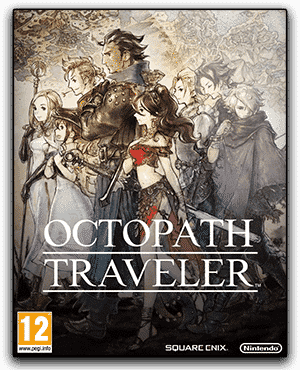


This never bothered me, as I viewed it akin to something like a D&D campaign where each traveler does have their own individual thing going on and you as the player can use your imagination to come up with why they travel together or whatever. Besides having a few party chat dialogues depending who was in your party. A critique of the first game was that there were 8 characters and while they journey together, their stories are pretty standalone and independent from another until the very end. Character arcs and stories are fleshed out and interesting. And aside from that, I find the game to be well written. It gives you more freedom to try different things and experiment.Īnd finally, there’s the gorgeous graphics. Meaning your character doesn’t actively have to be whatever class actively to level it up.

And I find that the job system in this game stands out because you gain job points after every battle, and it’s up to you in how you invest them. To add onto this, every character is extremely customizable. It’s kind of like solving a puzzle everytime. So you really have to think and experiment each battle. Every attack type can be useful to break enemy shields, meaning that even your healer with their staff might find it in their best interest to attack the enemy, whereas in standard RPGs all classes just stick heavily to their roles. Octopath, however, has a really interesting and fun battle system with break and boost. I find that so many JRPGs have so much filler, with battle systems that consist of encounters where you just spam attack until you get to a boss where you maybe have to use a semblance of strategy to overcome. While you do somewhat have to enjoy JRPGs to get the full enjoyment out of the series, Octopath is easy to love.


 0 kommentar(er)
0 kommentar(er)
